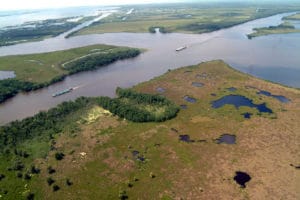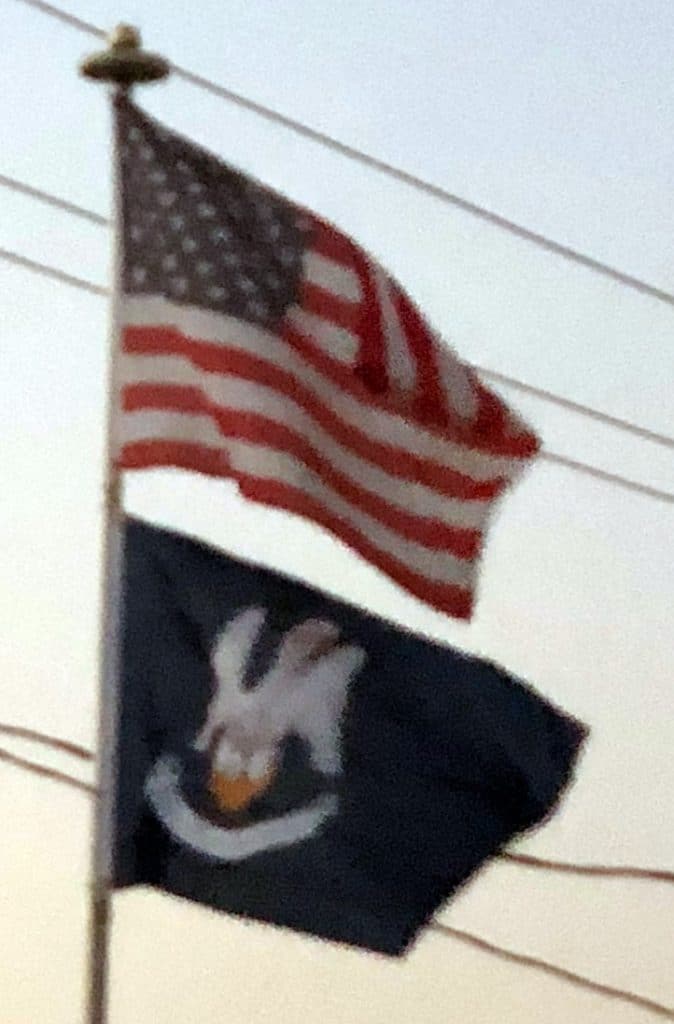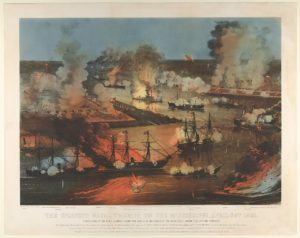
Modern Times:
Mobilization for World War II created jobs in the state. But thousands of other workers, black and white alike, migrated to California for better jobs in its burgeoning defense industry. Many African Americans left the state in the Second Great Migration, from the 1940s through the 1960s to escape social oppression and seek better jobs. The mechanization of agriculture in the 1930s had sharply cut the need for laborers. They sought skilled jobs in the defense industry in California, better education for their children, and living in communities where they could vote.
On May 21, 1919, the Nineteenth Amendment to the United States Constitution, giving women full rights to vote, was passed at a national level, and was made the law throughout the United States on August 18, 1920. Louisiana finally ratified the amendment on June 11, 1970.
Due to its location on the Gulf Coast, Louisiana has regularly suffered the effects of tropical storms and damaging hurricanes. In August 2005, New Orleans and many other low-lying parts of the state along the Gulf of Mexico were hit by the catastrophic Hurricane Katrina. It caused widespread damage due to breaching of levees and large-scale flooding of more than 80% of the city. Officials had issued warnings to evacuate the city and nearby areas, but tens of thousands of people, mostly African Americans, stayed behind, many of them stranded. Many people died and survivors suffered through the damage of the widespread floodwaters.

Economy:
The total gross state product in 2010 for Louisiana was US$213.6 billion, placing it 24th in the nation. Its per capita personal income is $30,952, ranking 41st in the United States.
The state’s principal agricultural products include seafood (it is the biggest producer of crawfish in the world, supplying approximately 90%), cotton, soybeans, cattle, sugarcane, poultry and eggs, dairy products, and rice. Industry generates chemical products, petroleum and coal products, processed foods and transportation equipment, and paper products. Tourism is an important element in the economy, especially in the New Orleans area earning an estimated $5.2 billion per year.
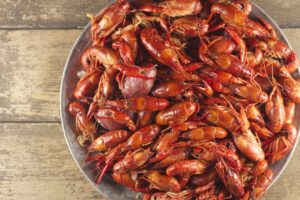
The Port of South Louisiana, located on the Mississippi River between New Orleans and Baton Rouge, is the largest volume shipping port in the Western Hemisphere and 4th largest in the world, as well as the largest bulk cargo port in the world.
Transportation:
Major roadways in Louisiana include: I-10, I‑12, I-20, I-49, I-55, I-59, future I-69. There are multiple spurs and loops associated with these main arteries. There are also approximately 16 fignificant United States highways in Louisiana: US 11, US 51, US 61, US 63, US 65, US 165, US 167, US 71, US 171, US 371, US 79, US 80, US 84, US 90, US 190, US 425.
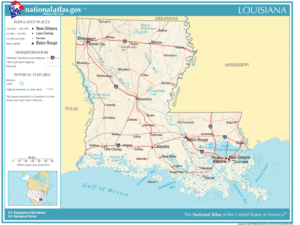
The Intracoastal Waterway is an important means of transporting commercial goods such as petroleum and petroleum products, agricultural produce, building materials and manufactured goods.
